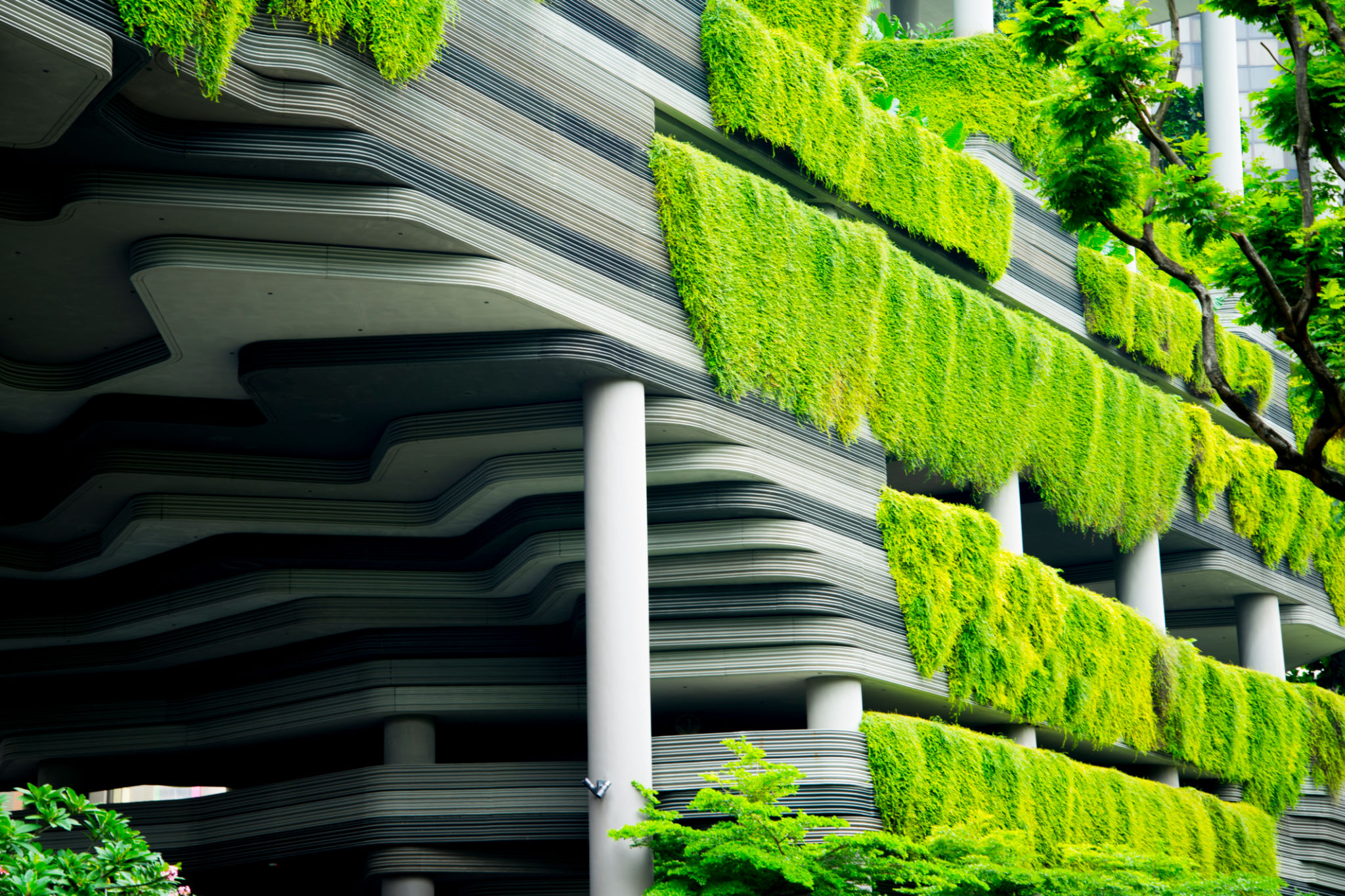Sustainable Building Design: Leveraging BIM and Emerging Technologies
Introduction to Sustainable Building Design
Sustainable building design is more than a trend; it's a necessity. As the world grapples with climate change, the architecture, engineering, construction, and operations (AECO) industry is stepping up. Professionals are using Building Information Modeling (BIM) and emerging technologies to create structures that are both functional and environmentally friendly.
In this post, we'll explore how BIM and new technologies are driving sustainable building design. We'll look at specific tools and methods that are making a difference.

This technology helps in reducing waste, optimizing energy use, and ensuring that the building meets sustainability standards.
Energy Efficiency
One of the key benefits of using BIM in sustainable building design is energy efficiency. BIM allows designers to simulate energy use and identify ways to reduce consumption. For example, they can test different materials and designs to see which options provide the best insulation.

BIM also helps in optimizing the use of materials. By providing detailed models, BIM allows teams to calculate the exact amount of materials needed for a project. This reduces waste and ensures that resources are used efficiently.
Material optimization is crucial for sustainability. It reduces the need for new resources and minimizes the waste that ends up in landfills. BIM makes it easier to achieve these goals.
Emerging Technologies in Sustainable Design
In addition to BIM, several emerging technologies are contributing to sustainable building design. These include Artificial Intelligence (AI), Internet of Things (IoT), and advanced materials. These technologies offer new ways to improve efficiency and sustainability.

Case Studies and Examples
Several projects around the world are leading the way in sustainable building design. For instance, the Bullitt Center in Seattle uses BIM and other technologies to achieve net-zero energy consumption. Another example is the Edge in Amsterdam, which uses IoT devices to optimize energy use.
These case studies show that sustainable building design is not just possible but practical. They provide valuable insights that can be applied to other projects.
Conclusion
Sustainable building design is essential for the future of our planet. By leveraging BIM and emerging technologies, we can create structures that are both efficient and environmentally friendly. These tools offer new ways to optimize energy use, reduce waste, and ensure that buildings meet sustainability standards.
The AECO industry has a critical role to play in this transformation. By adopting these technologies, we can build a better, more sustainable future.
